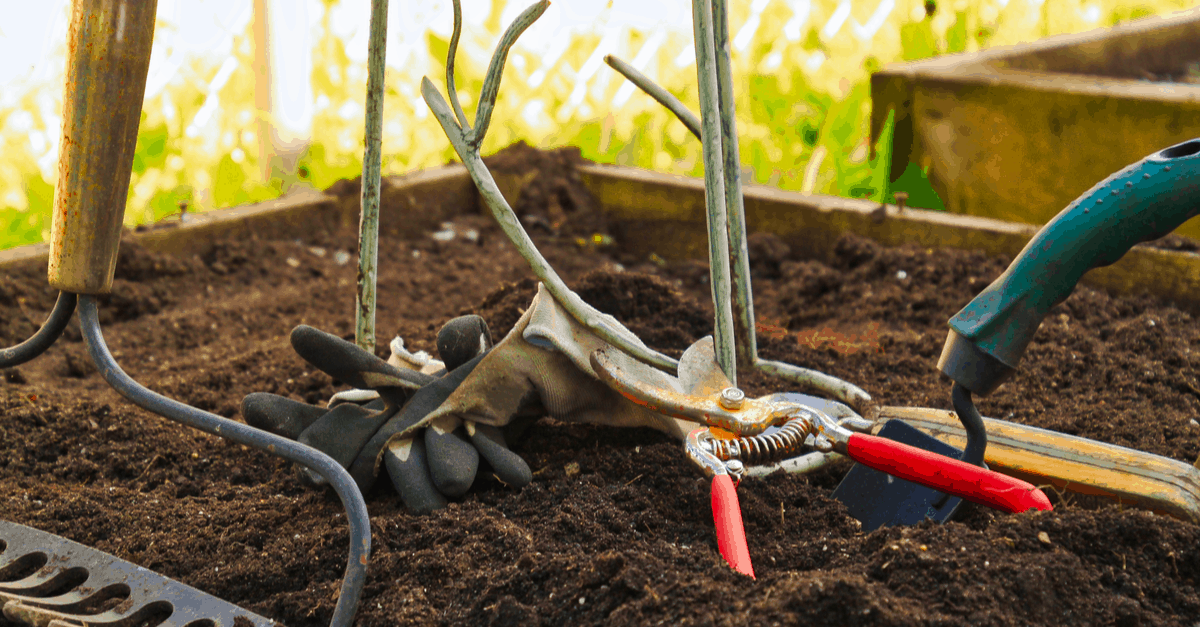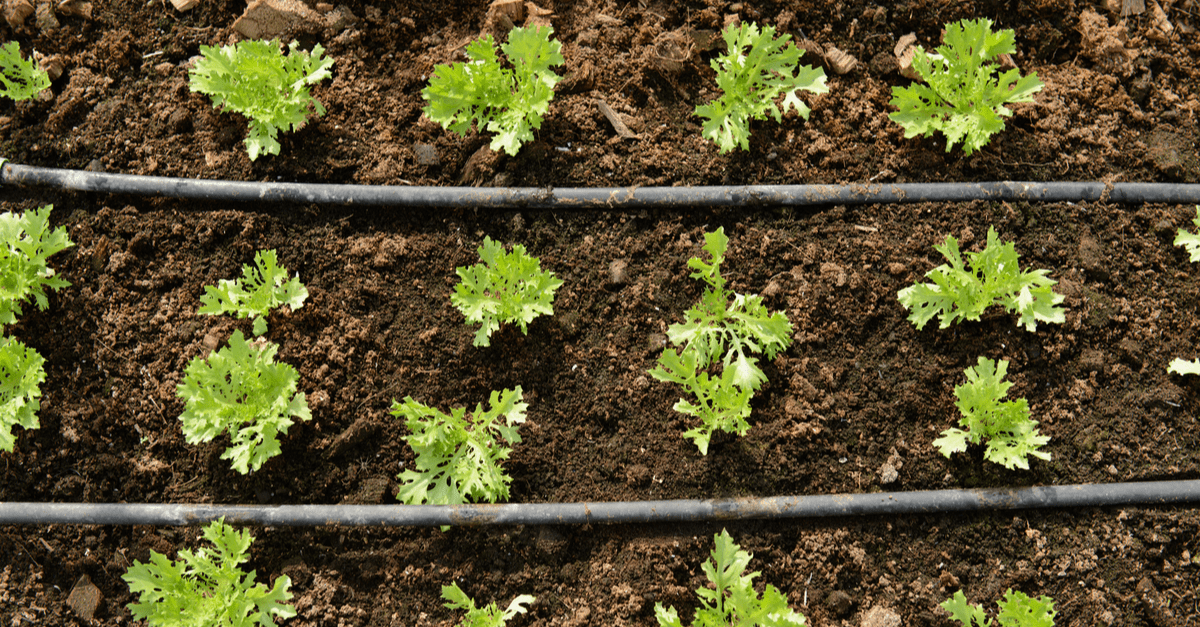It’s official: the snow is melting, temperature is rising, and hibernating animals are stretching their well-rested bones and emerging from their dens. That’s right, wintertime is coming to an end and spring is just around the corner. Now is the perfect time to prepare your garden and get everything you need ready for when it’s time to start planting in the spring. Here’s a checklist for all your pre-spring gardening essentials.
Map Out Your Gardening Plans

First, plan out what goals you have for your garden. Maybe this spring you’re looking to grow more vegetables than flowers. Or maybe you’re looking to plant different flora than the ones you’ve planted last season. You could even be interested in maintaining or restoring any plant life currently in your garden. No matter the goals, be sure to do your research to see what types of plants and vegetables are perfect for growing in the soil of your flowerbeds or home lawns. One good way to plan your garden is to start with cold-tolerant plants and vegetables in the beginning of the season, and then add other plants that prefer warmer climates the further you get into the spring season. A few cold-tolerant flowers include some varieties of Azaleas, Forsythia (Golden Bells), and Cinquefoil shrubs. Some plants that bloom in the late spring include Mountain Laurel shrubs, Lantana, and Mock Orange shrubs.
Prep Your Soil

In addition to that, be sure to start adding organic materials, mulch and fertilizers to the soil in order to help prep your garden with the necessary nutrients needed to help your garden grow. Note that there are thousands of different soil varieties throughout the world, however the most common types are part of the following groups of soils: clay, sandy soils, silty soils, peaty, chalky and loamy soils. Mother Earth News Magazine discusses how each of the mentioned soil groups has different properties and consists of different types of minerals and nutrients. It is important to know the differences between soils in order to make the most out of your garden. For example, a clay-based soil is ideal to use when planting fruit trees, shrubs and perennials, whereas chalky-based soil is preferred for growing lilacs, mock oranges and vegetables such as cabbage, spinach and beets. Loamy soil works well with almost every vegetable and berry fruits, while peaty soil is ideal for root crops and Rhododendron shrubs. Be sure to test the soil in your garden in order to determine its type and what kinds of plants can grow successfully from it.
Be sure not to get too ahead of yourself when it comes to actually planting in your garden. According to Mpls. St. Paul Magazine, it is important not to ruin your whole garden by planting too early in the year. The soil needs to have thawed out completely before it’ll be ready to take on any seeds. And if there’s already plant life in your garden, it’s safer to start trimming, or pruning, well into springtime - preferably around the month of April. That way you’re not accidentally trimming off any flower buds before they get a chance to bloom.
Set Up A Watering System

Once you’ve prepped your soil, it’s important to figure out how you plan to water your plants. It can be done manually with a pail of water or garden hose. If you’re looking for something more automatic however, you can set up a sprinkler system with designated times to water the plants in your garden. Just be sure to test your sprinkler system to make sure it activates at the times you have set to water your plants. Not only do you need to plan when to water your garden, it is also important to know how much water is needed to nourish your garden. It can be a time-consuming task and the last thing you’d want is to improperly water your garden. When your garden is in the early stage, mainly consisting of seeds or baby sprouts, it would be ideal to stick with lightly watering your garden every day. You’d want to give the plants a good soak but not so much that the plants end up drowning. Another thing to consider, however, is watering your garden deeply and well rather than watering too often and too shallow. Again, the idea is not to drown your garden, but to be sure to properly water your plants so that they’re well nourished. It’s important to keep an eye on your garden to see whether or not your plants need more water. For instance, if you notice that your plants don’t look glossy then they likely need more water. It is also important to keep an eye on the weather and to plan ahead for rainy days so that your garden gets properly nourished.
Double Check Your List!
To recap, preparing for your spring garden requires various important factors that you need to take into account. It’s important to know the type of soil you have in your garden and the properties that your soil possesses. You should make a plan on the types of plants and vegetation that you want to put in your garden and make sure that those plants are compatible with the soil. And then it is vital to plan out when and how you water your garden in order to properly nourish your plants. You want to be sure that your garden be watered well and deeply as opposed to being watered too often and too shallow. You don’t want to drown your garden, but you do want to make sure your garden has enough water to drink. It sounds a little tedious having to plan with so much detail, but the end result will be worth it. You’ll find that your garden is healthy, vibrant and beautiful. You’ll be proud of all the hard work you put into prepping your garden. Be sure to take your time with your preparations so that your garden starts off on the right foot and, before you know it, you’ll be reaping the benefits of your hard work. Good luck out there, fellow gardeners!
